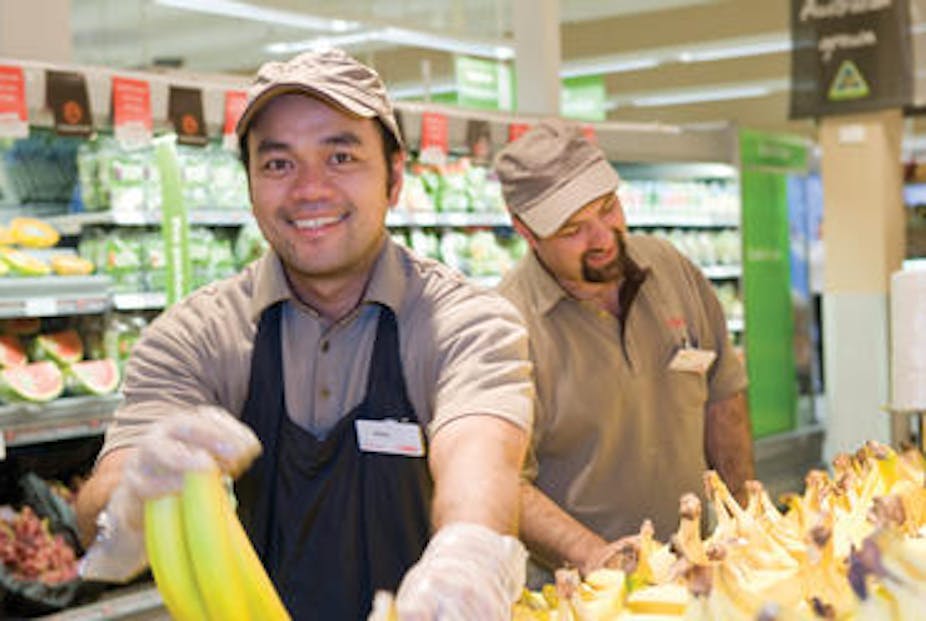Amid tough trading conditions and intense competition, Coles has fired the latest salvo in its ongoing supermarket war with Woolworths, announcing it will reduce the price of some fruit and vegetables by 50%.
The move is the latest in a battle between the supermarket giants to wrest market share and follows previous cuts to staples such as milk and bread, beer and chicken.
However, Australia’s peak industry body of vegetable growers, Ausveg, is concerned about the impact the price decision will have on growers’ livelihoods.
Gary Mortimer, lecturer, School of marketing, QUT, on whether this is a good strategy:
“Price discounting is generally not considered a good long-term strategy. However, what Coles have done successfully is take market share from their competitor, Woolworths, by competing solely on price.
Certainly the price promotion strategy is a great way to get new customers through the turnstiles. However, once in there, the store needs to be operationally sound. If we look at the current offer, which is significantly discounting fruit and vegetables, operationally they need to make sure that their produce is of fresh quality and premium, and that it’s in stock.
But another of the key strategies Coles has put in place recently is having their checkout operators stand in the front of their registers and welcome customers. It’s something new that we haven’t seen in Australia. Essentially, it’s the package internally that will maintain customer loyalty and repeat business.
I don’t believe there will be a threat to the farmers and the food supply chain. I believe these price discounts and quantities of product would have been booked with farmers and farmers’ agents, probably six to eight months ago. Certainly, here in Queensland in the Darling Downs area, farmers have been talking about bumper crops and a good range of products being able to go to market. I imagine Greg Davis, the general manager of produce at Coles, would have locked into that pretty early and aligned commercial farmers with Coles and agreed on prices and quantity.
For smaller farmers, they don’t interact a great deal with the major supermarkets. They’ll continue to service the local independents, including greengrocers.”
Dr Daniel Tan, a lecturer at the University of Sydney on the effect on agricultural producers:
“Initially, a price reduction have some benefits, in terms of getting rid of excess produce. But they will eventually suffer, because even though there’s oversupply, it’s only temporary. for example, some places have more rainfall and there’s no longer that limiting factor for the production of fruit and vegetables. Growers will get a lower profit margin, because a price reduction means that won’t be able to get what they normally could.
It’s going to be quite tough for a lot of growers, because a lot of them send their produce either to the central markets, like (Sydney’s) Flemington Markets, or directly to the supermarkets. They are going to be squeezed because they don’t have a lot of options. Let’s say the price goes down by 50%: that would mean their profit margins will be vastly reduced.
Their cost basis will remain largely the same, but the selling price of their produce is halved. That means they’ll only get a very small profit margin; some growers might even go backwards. If this happens, then some growers will go out of business and Coles and Woolworths will have to source some of their vegetables from overseas producers. It’s not so good for the Australian economy.
Growers will have to be more efficient. A lot of growers are not as efficient as they could be. They could do this by mechanising their operations as much as possible, which reduces labour costs. Labour costs are the highest costs for Australian farmers, so that’s why it’s hard for Australia to compete - especially with our Asian neighbours, with their lower labour costs.”

